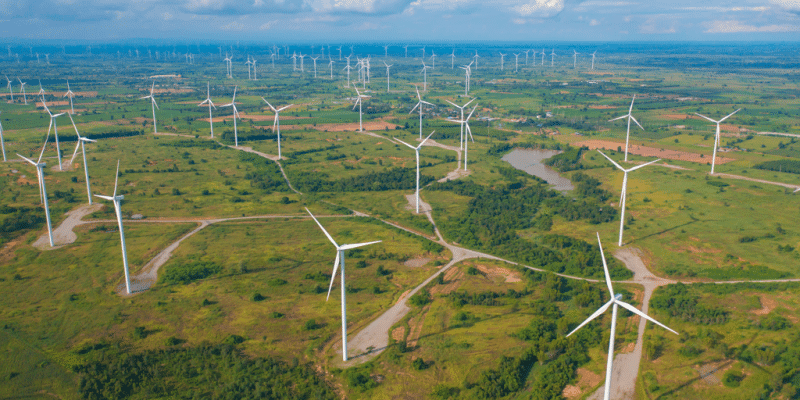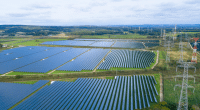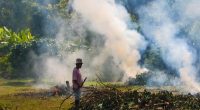The energy transition is underway in Africa. Despite continued investment in fossil fuels, mainly south of the Sahara, African decision-makers are stepping up their efforts to promote the development of renewable energy projects. This trend is set to continue in 2024.
African leaders want to increase renewable energy production capacity from 56 GW in 2022 to at least 300 GW by 2030. This objective, agreed at the first African Climate Summit and reiterated at the 28th United Nations Conference of the Parties on Climate Change (COP28), is hampered by a lack of funding, with the continent receiving just 3% of global investment in renewable energies.
Yet Africa has huge potential when it comes to renewable energy: 7,900 GW in solar power alone. It is one of the sectors attracting the most investment on the continent. This trend is set to accelerate in 2024, especially in South Africa, where solar power plants are being built in droves, against a backdrop of load shedding caused by the dilapidated coal-fired power plants operated by state-owned Eskom.
The solar boom in South Africa and Egypt
With a view to reducing load shedding and accelerating its energy transition, the South African government has launched the Renewable Energy Independent Power Producer Procurement Programme (REIPPP) and the Risk Mitigation Independent Power Producer Procurement Programme (RMIPPPP), which should continue to be implemented in 2024, thanks to investments by independent power producers (IPPs).
Read also- SOUTH AFRICA: Kenhardt solar farms come on stream in the Northern Cape
In 2022, South Africa had 7,021 MW of installed solar capacity, which is expected to grow by 12% per annum over the period 2022-2035, according to UK analyst firm GlobalData. The development of solar energy is also set to continue in Egypt, where several major projects are currently being developed by IPPs. This is the case of the Kom Ombo solar park (500 MW) developed by the Emirati company Amea Power, through the special-purpose company Abydos Solar Power Company (ASPC).
What about wind power?
The year 2024 could also bring a breath of fresh air for the Noor Midelt programme, which has been stalled for several years in Morocco. The Moroccan Agency for Sustainable Energy (MASEN) has already issued invitations to tender for phases II and III, but no significant progress has yet been made on the ground. Large-scale solar power is also developing timidly in several sub-Saharan African countries, including Chad, Niger, Burkina Faso, Kenya, Namibia, Ivory Coast and Zambia.
Alongside these major projects for the public electricity service, solar projects are also being developed for commercial and industrial (C&I) players, particularly in the mining sector. There are also solar photovoltaic mini-grids that provide electricity to rural areas and some towns. This is the case in Goma in the Democratic Republic of Congo (DRC), where Nuru is continuing to build a new metropolitan electricity network powered by solar energy.
Read also- MOZAMBIQUE: co-development agreements for the Mphanda Nkuwa mega-dam
Other sectors to watch in 2024 include wind power, which is developing mainly in Egypt, particularly in the Gulf of Suez, where France’s Engie, Egypt’s Orascom Construction and Japan’s Toyota Tsusho Corporation/Eurus Energy Holdings Corporation are building a new 500 MW wind farm that should enter commercial service in 2025. We’ll also be keeping an eye on developments in this sector in South Africa, as well as in East Africa, where Ethiopia is currently building the 100 MW Assela wind farm. In doing so, it joins Kenya and Djibouti, which operate the Lake Turkana (310 MW) and Ghoubet (60 MW) wind farms respectively.
The Mphanda Nkuwa hydroelectric megaproject, which the Mozambican government has awarded to TotalEnergies, Électricité de France (EDF) and Sumitomo, will also have to be monitored. In 2024, further studies will be commissioned before this project, which will require an investment of 5 billion dollars and a capacity of 1,500 MW, goes ahead. There are also several other hydroelectric projects, including Nachtigal (420 MW) in Cameroon, Kinguélé Aval (35 MW) in Gabon and Volobe (120 MW) in Madagascar.
Jean Marie Takouleu





